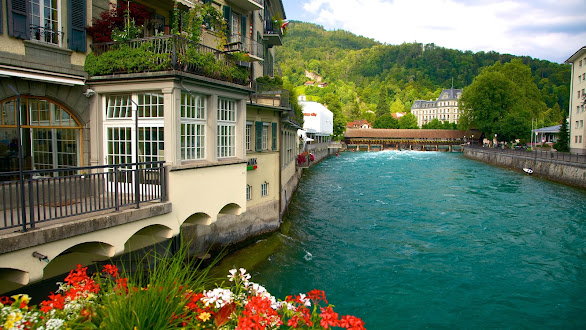The focus shifts to two extreme construction projects: The Roa Research Station in Antarctica and the Etihad Railway in the Arabian Desert. Firstly, the Roa Research Station, located in one of the most remote and hostile places on Earth, is undergoing a $415 million expansion. With temperatures ranging from 5° to -40°C, everything from labor force to equipment and construction materials had to be transported from the UK to Antarctica, a journey of approximately 11,000 km. The station serves as the largest British survey station for Polar research and accommodates numerous ongoing science projects, including real-time research on climate change. The expansion includes the construction of new buildings to facilitate efficient research work and accommodate up to 130 staff during the summer months. Secondly, the Etihad Railway in the Arabian Desert is a $11 billion Mega project linking the UAE to Saudi Arabia through a 1,120 km network. The extreme heat, with temperatures soaring up to 50°C during the day, forces construction workers to operate at night when temperatures are relatively low. Sand is another challenge, with massive quantities settling on the site or damaging the railway. To combat this, trees are being planted near the railway to act as natural barriers. The railway is being implemented in two stages and is expected to be fully operational by 2024. The project aims to help the UAE reduce its carbon footprint, which ranks among the highest globally.
The discussion focuses on two massive infrastructure projects in Norway and China. In Norway, a $47 billion highway upgrade is underway, which includes the world’s longest and deepest subsea tunnel, the Rog Fast Tunnel. The most challenging aspect of this project is the crossing of the Sord Fjord, which requires a clear shipping lane and significant engineering solutions, such as a floating bridge or a submerged floating tunnel. In China, the Tibetan Plateau is home to an extremely high-speed railway project, with an average altitude exceeding 4,500 meters and frequent earthquakes, landslides, snow avalanches, and floods. The railway from Lhasa to Chengdu, a 1,1800 km long electric high-speed train, has already completed two sections, with an investment of nearly $6 billion. The most challenging phase lies ahead in the 100 km long middle section between Yan and Nai, which requires careful management due to the permafrost ground and extreme weather conditions.
The discussion focuses on two extreme construction projects: The Hong Kong-Zhuhai-Macau Bridge in China and the Diamond Mir mine in Russia. The Hong Kong-Zhuhai-Macau Bridge, anticipated to be completed by 2030, is a highly expensive project due to its traversal of viaducts and tunnels. To address the challenging altitude and temperature variations inside the tunnels, over a hundred temporary medical facilities were placed along the rail for swift medical interventions. The Diamond Mir mine in Siberia, Russia, is one of the deepest man-made excavations, exceeding 500 meters in depth. The harsh weather conditions, including prolonged winters with temperatures below 0°C and unstable ground during summers, made diamond mining almost impractical. To reach the diamond deposits, explosives were used to thaw the permafrost, and structures had to be elevated on piles to prevent their heat from melting the ground. Despite these challenges, mining continues in the M mine, but the entire operation has shifted underground.











![Advertisement [ad]](https://blogger.googleusercontent.com/img/a/AVvXsEjQf9pLW3gEI1cs5Vc6OUVxYIcpNhOfy6zIvYwYuGAlojBxaMUiwV7g0V2T1U5D0NvvJf4fsAy9sCbcTTaRurc3XgO2yfTcGYPb-ABW3tIiyfoLl0aWUEjYibbdeKRibMdfAgXSFBX9FFQ1le1obYxQILeKUk41QtC4QSmgtUFnFv9AKGlIAhUs80xh=s580)

Comments